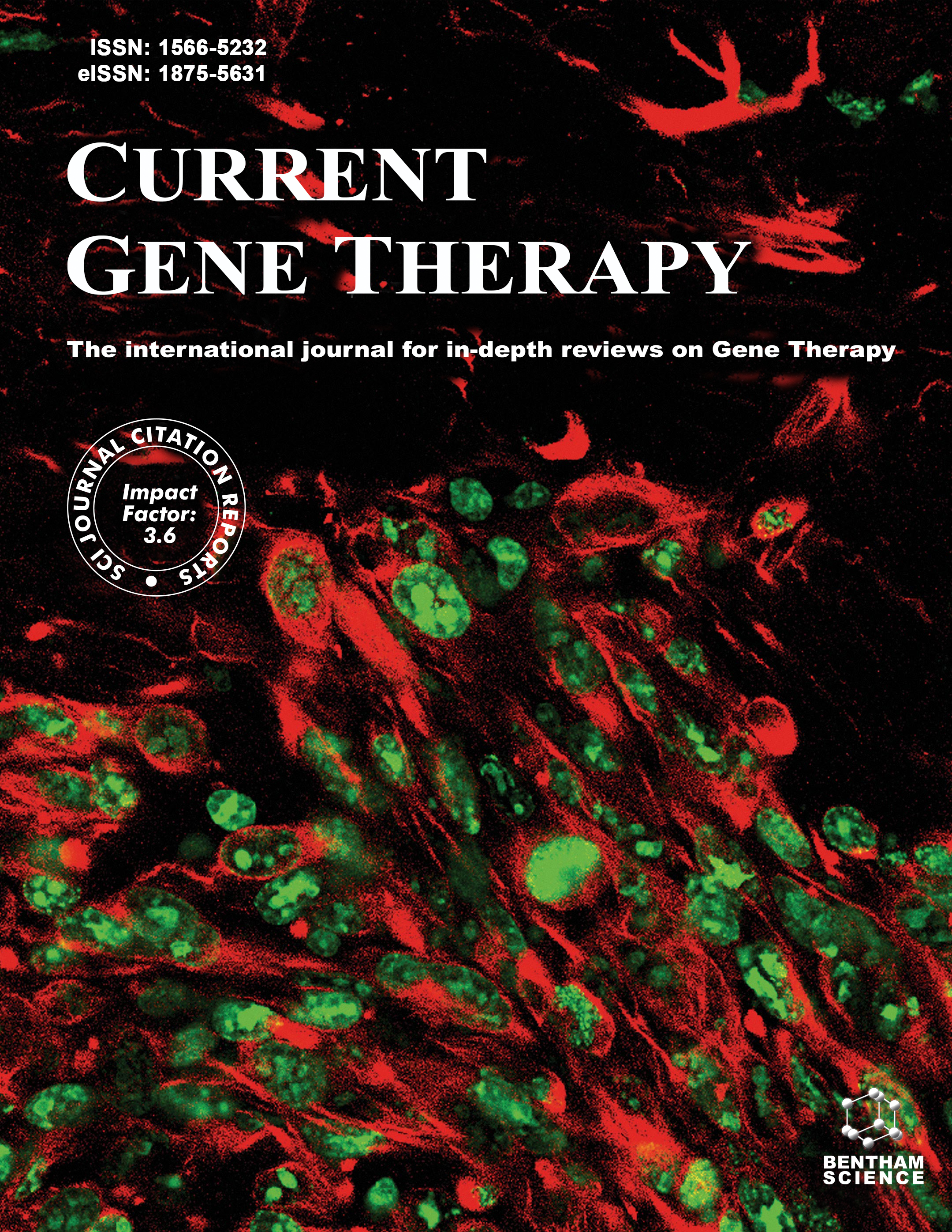
Full text loading...
Despite tremendous advancements in knowledge, diagnosis, and availability of both traditional and innovative treatments, pancreatic cancer remains a dangerous disease with a high death rate and dismal prognosis. The traditional strategy in adjuvant and palliative settings is still cytotoxic chemotherapy predicated on the purine derivative gemcitabine; nevertheless, there is an increasing need for new medicines that target the primary molecular pathways and pathophysiological abnormalities implicated. There is now just a tiny amount of evidence of therapeutic benefit when the targeted drug erlotinib is added to the conventional gemcitabine treatment. In preclinical and clinical trials, novel medications targeting mTOR, NF-κB, and proteasome, including the enzyme histone deacetylase, are currently being studied alongside the well-established monoclonal antibody treatments and small-molecule protein tyrosine kinase inhibitors. These novel medications may change the negative natural progression of this illness in conjunction with gene therapy and immunotherapy, both of which are undergoing clinical study. In this regard, leveraging miRNA manipulation to combat cancer is appealing due to its promise to deliver personalized treatment tailored to an individual's distinct gene or miRNA expression profile. Preclinical studies involving animals have showcased the effectiveness of miRNA-based therapies, with several of these treatments now progressing into human clinical trials for various malignancies and other medical conditions. This review describes the important developments of targeted therapeutics that are associated with pancreatic cancer and the discoveries which can help in dealing with this fatal malignancy in a more significant manner.

Article metrics loading...

Full text loading...
References


Data & Media loading...

